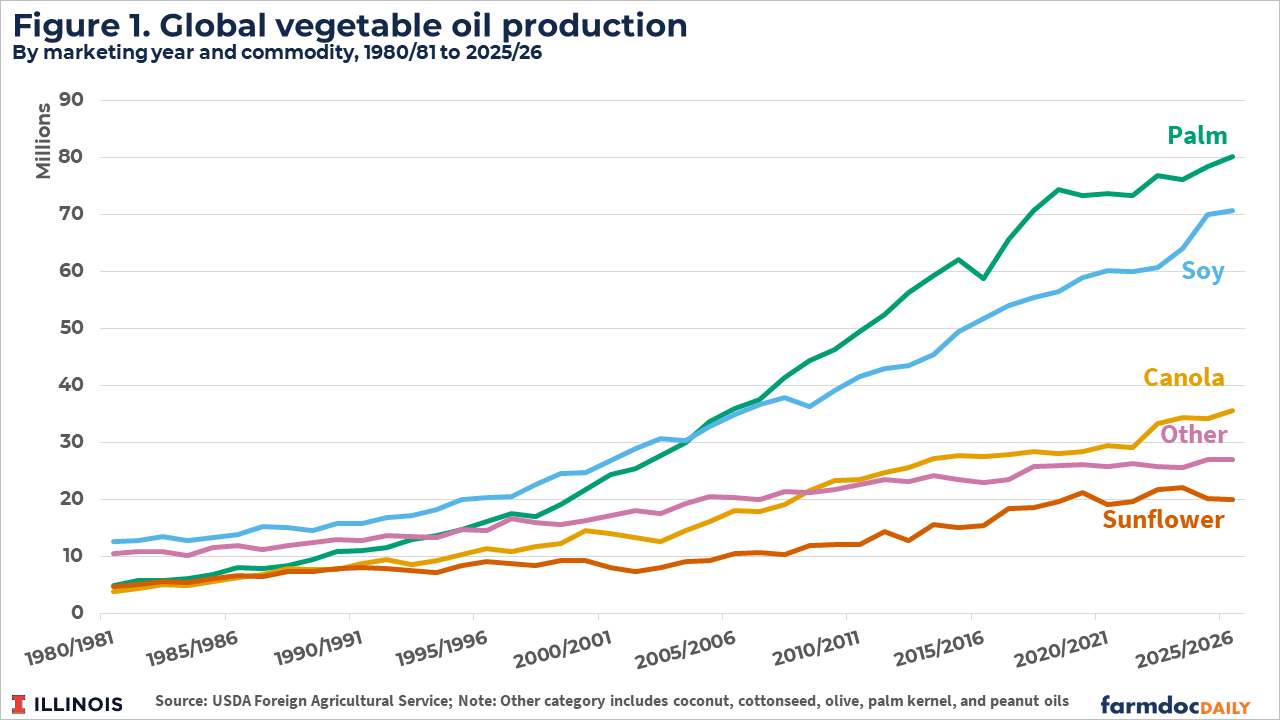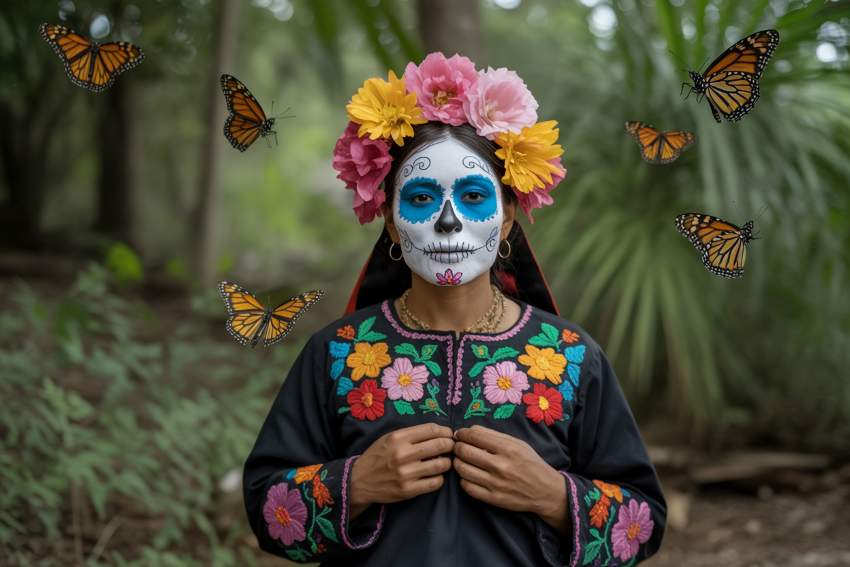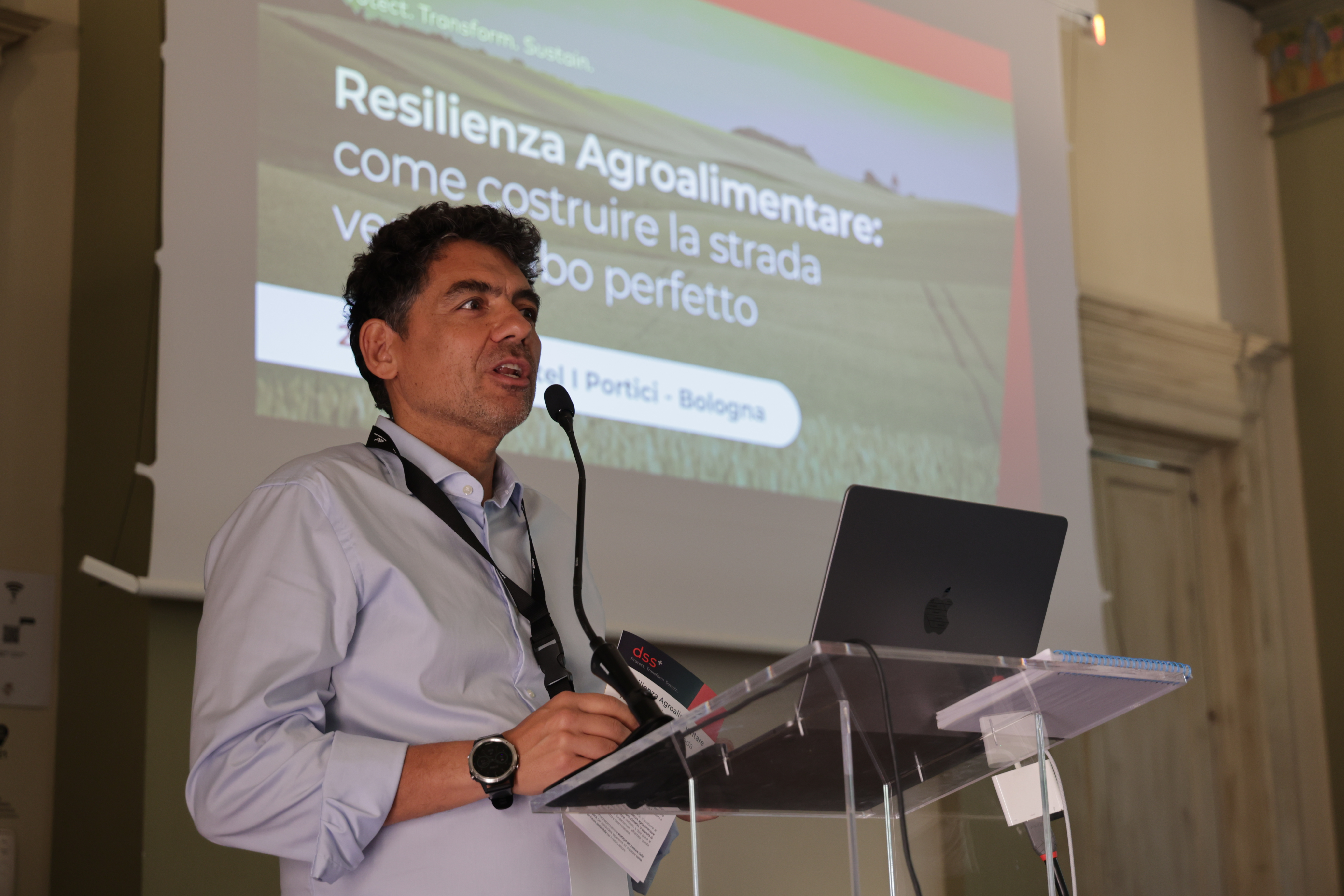How Bogotá cares for its family caregivers: From dance classes to job training
A new program in Bogotá Colombia is focused on empowering women. The program, called Care Blocks, provides free services to anyone in the neighborhood who is an unpaid caregiver. The goal of the program is to help ease the often invisible burdens placed on Bogotá's caregivers, and give them the opportunity to pursue their own interests, including education and finding paid jobs. Unpaid caregivers are predominantly women, and the Care Blocks program provides women with wellness and professional development training for free that can be the first step towards women empowerment.

How Bogotá cares for its family caregivers: From dance classes to job training
On a recent chilly morning, about a dozen women and one man have gathered in a large room in Bogotá. The big windows on one side of the room look out at a neighborhood nestled in the slopes of the Andes mountains.
The people in the room are here for a weekly dance lesson. Over the next hour, they follow the instructor's directions, moving in two lines with slow rhythmic steps, dancing to the beats of a traditional Colombian folk music called Cumbia.
The class is one of the free services offered to anyone in the neighborhood who is an unpaid caregiver for their family, part of a groundbreaking city-led program rolled out in 2020 called Manzanas del Cuidado, or Care Blocks. Each block provides a set of services, including wellness and professional training, within a short walk of residents in neighboring areas. The program is trying to ease the often invisible burdens on Bogotá's family caregivers – the vast majority of whom are women – and help them pursue their own interests, including education and finding paid jobs.
The caregivers smile and chat as they dance, helping one another when someone falters in the middle of a sequence. Some are neighbors and friends, others have gotten to know each other through activities at this center or "care block" – one of 20 now scattered across Bogotá.
When the dance class ends, most participants stay on for a cardio class. This time, they work up a sweat, moving their arms and legs to booming beats that fill the room.
Ruth Infante, 42, is a single mother of three who has been coming to this care block for a year. Wearing a brightly colored shirt, black jeans, blue sneakers and glasses with big black frames, Infante is clearly enjoying herself, smiling and chatting with others during breaks.
"I take advantage of the time when my [9-year-old] daughter is at school to dedicate some time to myself," says Infante, catching her breath at the end of class.
It's her only chance to exercise and meet other caregivers in her community. Sometimes she brings her daughter, who can take an art class at the care block.
"You meet other people. They meet you. It's fun."
Before the care block, Infante says she was consumed by stress and worries. "Whenever you don't leave the house, your problems seem bigger than they actually are," she says. Nowadays, "my stress levels go down automatically" when she visits the care block, she says.
What's key, says Ingrid Carbajal, who coordinates services at this care block, is having a physical space away from their homes where caregivers can relax. "It's important that they're able to resume the type of activities that they did before having to take care of other people," she says.
About 700 women are using the care block in this neighborhood, she says, and the numbers are growing. Citywide, the Manzanas del Cuidado program has provided educational courses to more than 12,000 women and helped more than 500 get their high school diploma between October 2020 to December 2022. So far, officials say the program has reached more than 400,000 family caregivers.
"The motto of the care blocks is we take care of people that take care of others," notes Carbajal. "That's really important for the people that come here, because they begin to feel appreciated. They begin to feel recognized for the work that they're doing."
A caregiver's packed workday
Across the world, women and girls do the bulk of all caregiving and an estimated 75% of unpaid care work.
In Bogotá, an estimated 90% of women have caregiving responsibilities at home, and 1.2 million women in the city do this unseen and unpaid work full-time.
Participant Ruth Infante says she has been a full-time family caregiver for nearly a decade. She and her three kids live with her parents, sister and niece in a narrow, two-story concrete home tucked in the densely packed San Cristobal neighborhood in Bogotá.
Her work day starts at 5 a.m. and doesn't end until bedtime.
"It's total chaos between 5 and 6 in the morning," she says. "I have a loud voice, and I'm always yelling at my kids to [hurry up]."
By 6 a.m. she's out the door with her youngest, 9-year-old Brigitte, for a 30-minute walk to school. When she returns home it's time to attend to her parents, both of whom have chronic health issues.
"My parents have doctors' appointments," says Infante, "So I'll have to drop off my kids and then come back and pick my parents up."
Infante doesn't mind being the family caregiver, but the work is relentless, stressful and leaves her with no time to hold a paid job. The family gets by on her father's pension.
"I don't have an income," she says, "so that causes some stress."
And she's had little chance to take care of herself – for example, after her brother died from suicide five years ago.
"My mother was devastated," she says. "My father was devastated. So were my children. If I ever had a breaking point, it was then."
She remembers going to a park and sobbing for an hour. And then she had to hold it together for everyone else in the family.
Infante's experience is far too common across the country, says Katerine Lozano Rios, a strategy leader for the Care Apples program.
"All the women in my life have been caregivers," she says. For example, her grandmother, who had three children, couldn't finish high school because of her responsibilities at home. "She was economically dependent [on her husband] and wasn't able to pursue a professional career."
But their labor at home went unacknowledged, she says, as does the work of many of Colombia's caregivers. It's the men in her family whose work was considered more important because they were the breadwinners. Men weren't expected to contribute to any of the caregiving at home and often they simply weren't interested in what the women were doing all day, says Rios.
The invisible burdens at home take a mental toll on women. Studies show that family caregivers experience chronic stress and are at greater risk of symptoms of anxiety and depression. And they end up "disproportionately poorer than men," says Rios, because they are unable to work a paid job.
According to a recent analysis by Oxfam International, if women were paid minimum wage for this kind of work, they would add $10.8 trillion to the global economy. Colombia's National Administrative Department of Statistics estimates that if unpaid caregivers in the country were paid at an average hourly rate for the work they do at home, caregiving would account for 20% of the country's GDP.
The new program for the city's caregivers is trying to shake up this strict division of labor, improve caregiver well-being and connect them with paid job opportunities.
A job market stacked against women
Many of the women who come to the care block want to finish primary and secondary education, says Carbajal. Others are trying to expand or open a small business or find a job with a regular paycheck.
Rita Salamanca, 60, has been going to her neighborhood care block for nearly two years. She lives in a small multigenerational home with her children, grandchildren, a dog, two cats and an aquarium full of colorful tropical fish. Salamanca has raised five kids and is now caring for six grandchildren between the ages of 4 and 17. The younger kids are the most dependent on her – she cooks for them, drops them off at school, picks them up and makes sure they do their homework.
She loves her grandchildren but caring for them can get stressful, "especially because I have so many," says Salamanca. They can be loud and unruly. "I sometimes feel exhausted. I don't want to do anything. I don't want to hear from anyone."
Salamanca grew up poor in a rural part of Colombia. She had to drop out of school after fifth grade, because her family couldn't afford school fees anymore. She took on a job as a domestic worker to help her family financially.
Now, she's continuing her education at the care block. She is taking eighth- and ninth-grade classes and is eager to finish high school. It's partly because "I want to help my grandkids do their homework," she says.
Infante, too, has taken classes to freshen up her resume. She wants to find paid work, but she's hoping for part-time employment. "Maybe I can work four hours," she says – four flexible hours.
That's a common thread among women in the program, says Carbajal.
"They're looking for part-time employment that they can do in their own homes."
But Colombia's employers are often unwilling to accommodate the needs of family caregivers, says Natalia Ramirez Bustamante, who studies gender issues in the labor market at the University of the Andes in Bogotá.
"In my interviews with employers, it was very often the case that they mentioned the need for the workers to be there at all times during working hours," says Bustamante.
That's hard for family caregivers.
"Sometimes they will need to come in late because there was an unexpected issue at home in the morning, or sometimes a child wakes up sick and they have no one to stay with the child," she says.
Furthermore, she says, many employers actively discriminate against female job applicants. Women are sometimes asked to take a pregnancy test when they apply for a job, according to 30% of women who took a national survey. Employers have admitted this to her in her research, says Bustamante, even though the practice is illegal.
"I asked whether they carried out any lab exams before giving a job to a candidate," she explains. "And in two cases, the heads of human resources of the two big businesses in Colombia said the only test that we order is a pregnancy test."
Changing this kind of discrimination, she says, is beyond the scope of this new program for caregivers.
Changing gender dynamics of caregiving within families
Bustamante and her colleagues have researched the new program's impacts and found that it is already making a profound difference in the lives of women by showing them why caring for others is work, too – valuable work that should be shared among family members.
It was one of the first things Infante learned when she joined the program. "They had a series of workshops where they talked about the value of the work we do at home," says Infante. "Even if there's no wage linked to it, it's still important."
It is often the underappreciated labor of women that allows men, and sometimes their kids, to go outside the house and earn money, says Infante. Understanding that has upped her self-esteem, she adds.
And it's helping her lighten her load at home, one step at a time.
"Everything I learn at the care block, I tell my kids," she says. She has been encouraging them to take on some of her responsibilities. Her teenage son, Carlos, now helps his grandfather take insulin, she says proudly.
Carlos says he now sees how his mom is stretched thin and needs help.
"I have realized that I have to look after my siblings, my grandparents, myself," he says.
It's the kind of change that city officials encourage through caregiving workshops aimed at men and boys.
This "redistribution of the workload" at home is crucial, says Rios. "It's very important for men to begin to think that they are also responsible for the caregiving in the family."
When boys and men share caregiving responsibilities, explains Bustamante, it makes it more likely that women can find the time to take a paid job.
The Bogotá program ultimately hopes to not just help the city's mostly female caregivers but to change the gendered social norms about the value of this work – and whose job it is to do it.
What is Your Reaction?
 Like
0
Like
0
 Dislike
0
Dislike
0
 Love
0
Love
0
 Funny
0
Funny
0
 Angry
0
Angry
0
 Sad
0
Sad
0
 Wow
0
Wow
0











































































